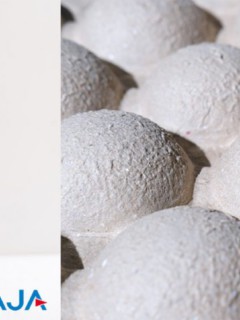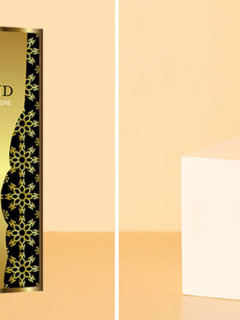Cutter knife, carpet knife, cardboard knife or safety knife – the little helper has many names. And it is widespread, virtually in everyone’s hand: according to estimates, every private household has two to three of these little helpers; in warehouses, workshops and production, it can be assumed that they can be found at almost every workplace or in every pair of work trousers.
There are over 800 different types of cutter knives. How can you find your way around? We give an overview of our cutters and explain which one is suitable for which purpose.
Why are there so many different cutters?
If something needs to be separated in everyday (warehouse/office/craft) life, the cutter knife is usually the tool of choice. The handy helper has the decisive advantage that, thanks to its retractable blade, it can be carried around without risk of injury, e.g. in a trouser pocket. The selection of the right cutter – depending on the area of application – is decisive for a precise and, above all, safe cut. And these differ immensely:
Should the cutter primarily be used to cut thin adhesive tape? Or heavy carpet or, for example, PVC pipes? Is it to be used for opening cardboard boxes or rather for cutting more solid handicraft material? In everyday life, the ONE knife is unfortunately all too often used for all tasks. This not only leads to unsatisfactory results when cutting, but unfortunately also far too often to injuries.
The cutter knife blade
Cutters are distinguished between a Snap-off blade (segment blade), a disposable blade and a replaceable blade. The replaceable blade can be replaced with a new entire blade after it has worn out. Snap-off blades usually have a predetermined breaking point, the front section can be broken off at this point after wear and the rear, sharper part moves forward. Some cutters have an integrated Break-off aid in the handle integrated for this purpose. If harder materials such as carpeting or cables are to be cut, a knife with a fixed blade is usually used.
Use of safety knives
Cutters with a snap-off blade are intended for cutting cardboard, paper, plasterboard and thinner mostly thermoplastic materials. Cutters with a fixed, retractable trapezoidal blade, on the other hand, also cut carpeting, veneer, sacks or cables. Depending on the blade exit length, cutters can even be used for cutting polystyrene or foam sheets.
Snap-off blades usually have a round hole near the rear end, where the blade is connected to the slide. This slider engages automatically in segment length increments, or is fixed in place by a clamping lever or screw.
Trapezoidal blades or rectangular blades have one to three holes or notches on the back. Those with two or three fitting notches can be inserted in different length positions. They can usually be used by turning them 180° at both ends (4-fold blade).
WAK and WUK – what does that mean?
If you read the terms WAK and WUK in connection with cutter knives, it has to do with the type of safety device. With a WAK knife, the blade is extended by the user’s thumb pressure on a slide – and as soon as the thumb is released from the slide, it is retracted again by spring force. This type of safety device is therefore referred to as a volitional blade retraction). A knife blade with WUK safety device, on the other hand, is automatically retracted when the cutting process is interrupted (and thus the pressure on the blade is released), even if the user continues to exert pressure on the slide. This is therefore referred to as will-independent blade retraction.
The number one cause of accidents in German companies are so-called SRS accidents (tripping, slipping, falling). They account for more than a third of all reported accidents and can be reduced by good In-plant traffic route planning reduce them. In second place: improper operation of tools and machines – including cut injuries due to improper handling of cutter knives. Far too often the one knife, just at hand, is used for applications for which it was not designed. Just quickly scraping away adhesive residue with the knife blade? Open the strapping with a snap-off blade?
Our table offers a guideline for selecting the right cutter based on the 4 criteria of user-friendliness, safety, cutting material and technical features.
Click here to download the Cutter overview as PDF file. In our YouTube channel you will also find videos on the handling of some of our cutter knives.
And what if an accident does happen?
How you should behave in the event of a cut: First aid and prevention tips.















